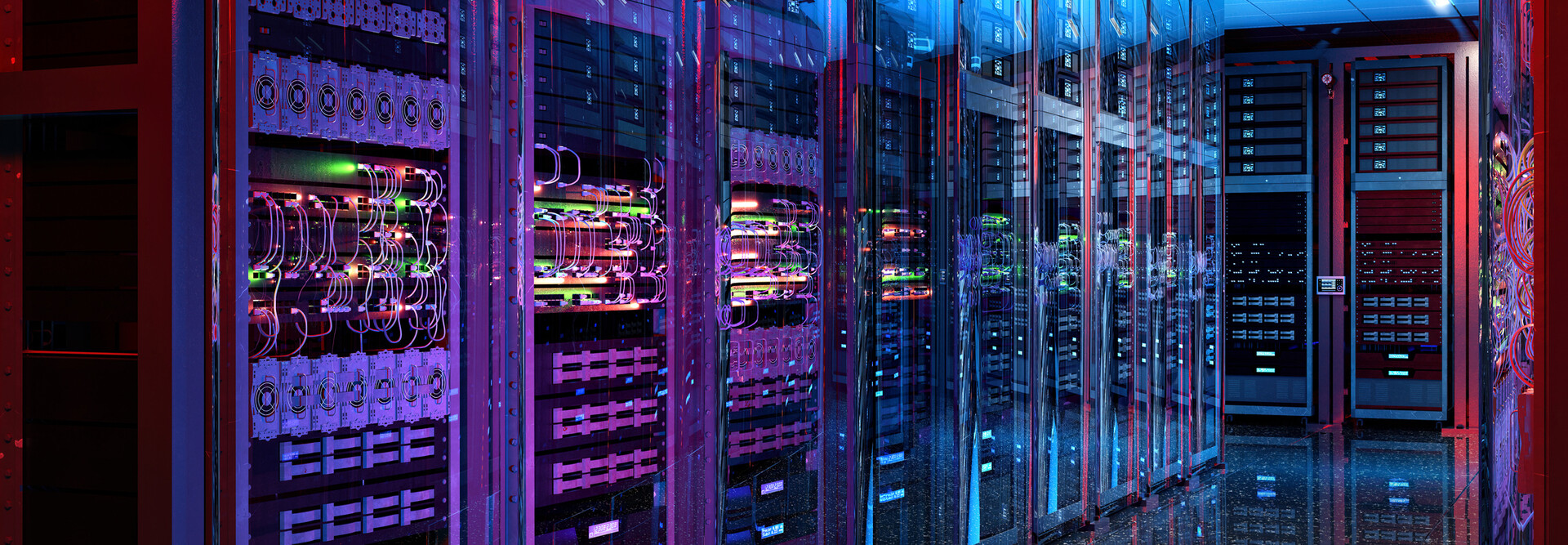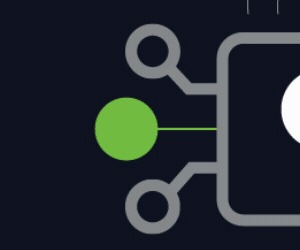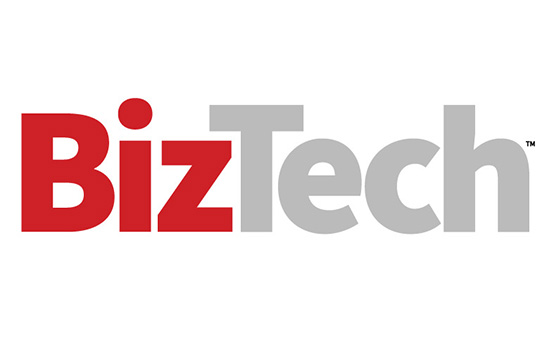Security information and event management, or SIEM, collects logs and events from a variety of sources: applications, servers, firewalls and much more. At the enterprise level, SIEM often serves as a foundational component of threat detection and response.
For small and medium-sized businesses, the narrative around SIEM isn’t quite as straightforward, especially in a space that’s become cluttered with managed services for security operations centers; security orchestration, automation and response (SOAR); managed detection and response (MDR); and extended detection and response (XDR), just to name a few. To simplify things, we tapped a few experts.
Click the banner below for exclusive cybersecurity insights.
SIEM Isn’t Typically a Stand-Alone Solution
SIEM is primarily about aggregating data, says Christopher Fielder, field CTO for Arctic Wolf.
“SIEM platforms collect and centralize logs, but they don’t inherently analyze or act on those logs,” Fielder says. “Without tuning, correlation rules and people to investigate alerts, a SIEM alone is like a security camera system with no one watching the footage.”
Simply put, additional resources need to be layered on top of SIEM to realize its threat detection and response benefits.
“SIEM needs to be paired with expertise to configure, maintain and update detection logic, threat intelligence and response workflows,” Fielder says. “That’s why many SMBs turn to managed offerings that layer these elements on top of the SIEM.”
DIVE DEEPER: Choose the right SIEM for your business.
This is where solutions such as SOAR and MDR come into play. In many cases, they are deployed on top of an organization’s SIEM tools. Or, they can be wholesale alternatives to SIEM.
“If an SMB has a robust MDR service in place, it often does not need to independently acquire or operate a separate SIEM,” says Jackie Lehmann, director of security data and analytics for SentinelOne. “MDR providers typically leverage SIEM or SIEM-like capabilities behind the scenes to collect, analyze and respond to security data, effectively serving as an outsourced SOC.”
Not All SMBs Need SIEM, But Many Do
Whether you need a SIEM depends on many factors. And while it’s always wise to get input from an impartial security expert when it comes to deciding on the best approach, some general guidance can go a long way.
“It comes down to complexity, risk profile and internal capacity,” Fielder says. “A 10-person shop with limited sensitive data and minimal digital infrastructure likely won’t benefit from the cost, expertise required and overhead of a SIEM.”
Lehmann concurs.
“For smaller organizations with minimal security staff, limited budgets and relatively simple IT environments — such as those primarily operating in Microsoft 365 or Google Workspace without on-prem infrastructure — the total cost of ownership for a SIEM may outweigh the benefits.”
On the other hand, an SMB with multiple locations or cloud-native infrastructure may need the visibility a SIEM platform can provide.
“SMBs with more complex environments, global operations or regulatory obligations — especially those handling sensitive data like healthcare or financial records — may require the visibility, correlation and compliance support of a SIEM.” Lehmann says. “Similarly, SMBs with hybrid or complex environments, spanning on-premises systems, multiple cloud platforms and distributed workforces, can benefit from the unified telemetry, correlation and threat detection a SIEM provides.”
Compliance is another key factor: Many SMBs are on the hook to comply with HIPAA, the Payment Card Industry Data Security Standard and Sarbanes-Oxley, and SIEM can help with that.
“First, it stores their logs for months or even years, which allows them to search through previous reports,” Fielder says. “Second, SIEMs can detect policy violations and provide evidence during an audit, which gives the administrator far better visibility.”
Some MDR providers can supply these benefits and help improve auditability, but it’s key that SMBs ask the question and have a strong understanding of how easily they can access logs for compliance purposes (and how far back they go).
Click the banner below to keep reading stories from our new publication BizTech: Small Business.
SIEM Is Just a Tool; Visibility Is the End Goal
“SIEM itself is not the end goal you should be working toward; visibility is,” Fielder says. “Whether through a traditional SIEM, an MDR service or a security operations platform, the objective is to detect threats early, investigate effectively and respond quickly.”
The right model for your business depends on available resources and how much control you want to have over your data. For SMBs that wish to deploy their own SIEM platform, Lehmann recommends taking it in bite-size chunks.
“To keep costs manageable, SMBs should prioritize ingesting data from their most critical assets and highest-risk areas, rather than trying to collect every possible log,” she says. “This targeted approach helps reduce data volume and associated costs without compromising visibility where it matters most.”
Like Fielder, though, Lehmann says the outcome, and not the tool, must remain the focal point for SMBs.
“The absence of an obvious security incident doesn't necessarily mean an environment is secure,” she says. “Being able to monitor, investigate and respond to subtle indicators of compromise is essential to long-term cyber resilience.”















